Asbestos, a group of naturally occurring minerals once widely used in construction and manufacturing, poses significant health risks when its fibers become airborne and are inhaled. Despite its useful properties, such as fire resistance and durability, asbestos is now recognized as a hazardous material, and exposure can lead to serious health problems.
One of the primary conditions caused by asbestos exposure is asbestosis, a chronic lung disease characterized by lung tissue scarring, which results in shortness of breath, persistent cough, and chest pain. Another severe consequence of asbestos exposure is mesothelioma, a rare and aggressive cancer affecting the lining of the lungs and other organs, typically diagnosed at an advanced stage and associated with a poor prognosis. Asbestos exposure also increases the risk of lung cancer, particularly in individuals who smoke.
The effects of asbestos exposure often manifest many years after the initial contact, with a latency period ranging from 10 to 50 years. This delayed onset makes early detection and prevention crucial. If you suspect the presence of asbestos in your home or workplace, contact Alpine Building Performance for professional testing to protect your health.

